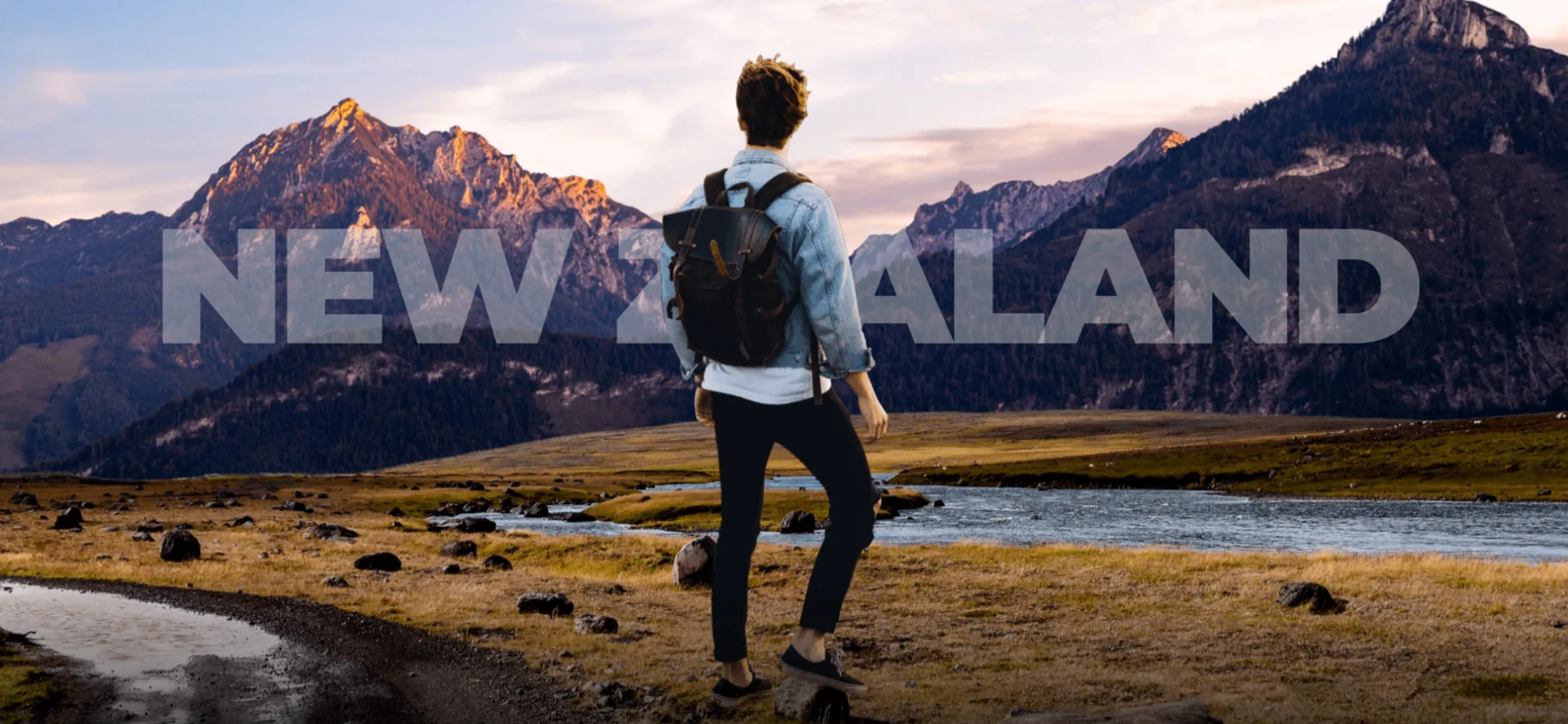How Hike.co.nz Sets the Standard for Hiking Information Sites
Introduction
In the digital age, having a strong online presence is crucial for outdoor adventure businesses and informational platforms. Whether it’s a hiking guide, an adventure tour operator, or a camping resource, a well-structured website enhances accessibility, engagement, and credibility. For businesses that rely on providing up-to-date information rather than direct bookings, a high-functioning website is even more essential.
Hike.co.nz is a prime example of an informational website dedicated to providing hikers with essential details about trails in New Zealand. While it does not offer booking services or social media integration, it demonstrates how a well-designed website can deliver valuable content in a user-friendly manner. In this article, we explore the key elements that make outdoor websites successful and how businesses in the adventure industry can leverage these principles.
1. The Role of Informational Websites in Outdoor Adventure
Outdoor enthusiasts increasingly rely on online resources for planning their trips, checking weather conditions, and finding the best trails. Unlike tourism websites that focus on bookings, informational sites like Hike.co.nz serve as digital guides, offering detailed, structured content.
Benefits of Informational Adventure Websites:
- Accurate trail information: Distance, difficulty, elevation, and terrain details.
- Alternative to printed maps: Digital resources prevent reliance on outdated printed guides.
- Improved hiker preparedness: Includes essential information such as safety tips and accessibility conditions.
As more adventurers turn to online sources for guidance, businesses in the outdoor industry must ensure their websites are optimized to deliver valuable, easy-to-access information.
2. Essential Features of a Great Outdoor Information Website
a) Easy Navigation & Searchability
Users looking for hiking trails or outdoor information need quick access to details without excessive scrolling. A well-designed layout includes:
- Categorization by location, difficulty, and type of trail.
- A search function to help users find specific hikes instantly.
- Minimalistic design that keeps the focus on key content and eliminates distractions.
Hike.co.nz executes this efficiently, allowing users to browse trails based on their preferences without unnecessary complexity.
b) Mobile-Friendly Design
Since most hikers access outdoor websites via mobile devices, responsive design is essential. Key considerations include:
- Optimized layouts for different screen sizes to enhance readability.
- Fast-loading pages to reduce bounce rates and improve user experience.
- Clickable elements that are easy to navigate on smartphones and tablets.
Hike.co.nz maintains a clean, mobile-friendly design that allows users to browse information on the go.
c) Clear, Well-Formatted Content
A successful outdoor adventure website presents information in an easy-to-read format. Essential elements include:
- Concise trail descriptions with bullet points highlighting key details.
- Well-structured headings and subheadings to break down content logically.
- Maps and images to provide a visual representation of trails.
By following these principles, websites ensure a positive user experience and improved readability.
d) SEO Optimization for Outdoor Adventure Websites
SEO (Search Engine Optimization) helps outdoor websites reach a larger audience. Key tactics include:
- Using location-based keywords such as “best hiking trails in New Zealand.”
- Adding meta descriptions and structured data to improve search rankings.
- Ensuring fast page speeds and mobile usability—critical factors for SEO success.
Hike.co.nz benefits from strong SEO by structuring content to align with search intent, helping users discover relevant information effortlessly.
3. The Impact of a Well-Designed Outdoor Website: Lessons from Hike.co.nz
A well-structured website like Hike.co.nz enhances the user experience by:
- Reducing bounce rates through fast-loading pages.
- Providing easily accessible content, even in areas with low internet connectivity.
- Ensuring up-to-date information, increasing trust among users.
For adventure businesses looking to improve their websites, these strategies can help build credibility and attract more visitors.
4. How Outdoor Businesses Can Improve Their Websites
a) Leveraging Interactive Maps & Trail Guides
While Hike.co.nz provides detailed trail descriptions, interactive maps could further enhance engagement by offering:
- Clickable routes with elevation details.
- GPS integration for real-time navigation.
- Offline access for hikers in remote areas.
Businesses looking to enhance their hiking websites should consider integrating mapping tools for an improved user experience.
b) Adding User-Generated Content (Without Social Media)
Even without social media, websites can encourage engagement through:
- Hiker reviews and testimonials to add credibility and authenticity.
- User-submitted trail photos to enrich visual content.
- Comment sections where hikers can share insights and trail updates.
This approach fosters a sense of community and increases credibility without requiring social media integration.
c) The Importance of Regular Updates & Maintenance
Outdoor adventure websites must stay current and accurate to remain relevant. Key maintenance tasks include:
- Updating trail details for seasonal changes and weather conditions.
- Ensuring all links and resources remain functional.
- Refreshing SEO strategies to maintain strong search engine rankings.
Keeping content fresh and reliable helps build user trust and keeps visitors returning.
5. Future Trends in Outdoor Adventure Websites
As technology evolves, outdoor adventure websites must adapt to stay competitive. Future innovations include:
- AI-powered trip planners that suggest personalized hiking routes based on user preferences.
- Voice search optimization, enabling users to find trails through smart assistants.
- Progressive web apps (PWAs) for offline access to maps, guides, and essential information.
Implementing these advancements will ensure outdoor adventure businesses remain at the forefront of digital solutions.
Conclusion
A well-designed website is a crucial asset for any outdoor adventure business, offering users valuable information while maintaining strong engagement. Hike.co.nz exemplifies a successful informational site by prioritizing:
- User-friendly navigation for quick access to content.
- Fast, mobile-optimized pages that improve the user experience.
- Well-structured, up-to-date content tailored to hikers’ needs.
For businesses in the outdoor industry, investing in a high-quality website ensures better visibility, user satisfaction, and industry credibility.
Looking to enhance your outdoor adventure website? Nzwebsites.co.nz specializes in creating high-performing websites for adventure businesses. Contact us today to get started!


